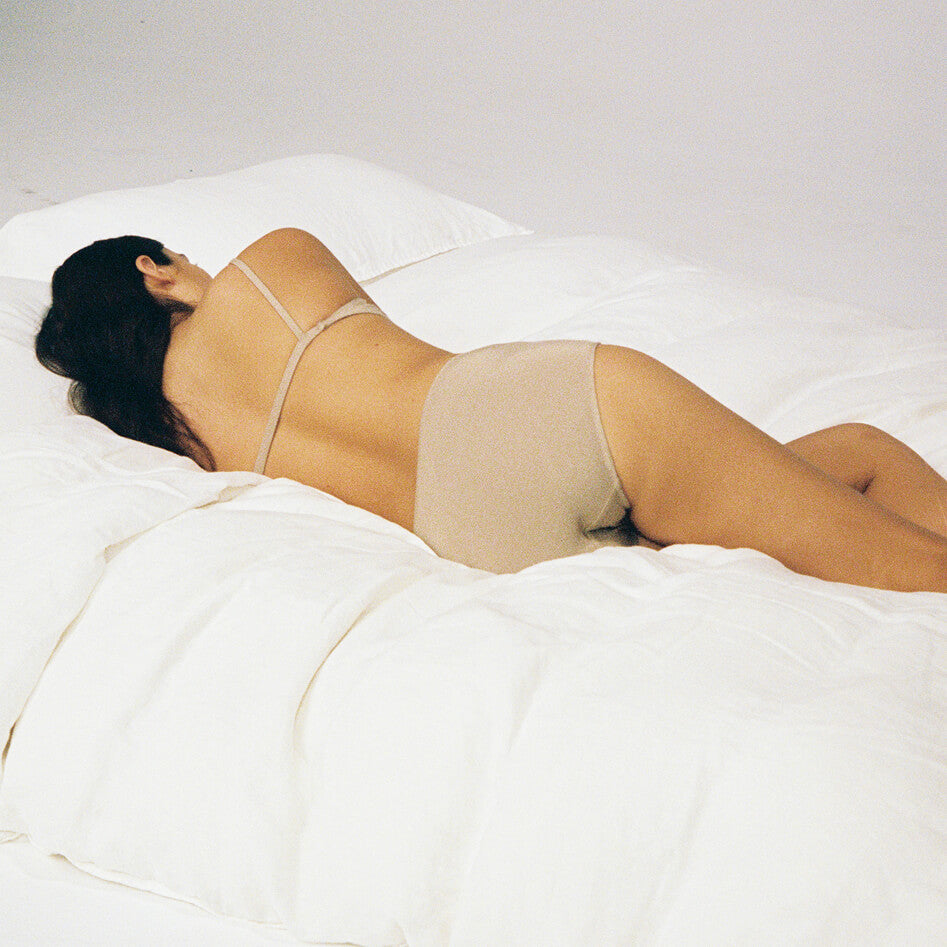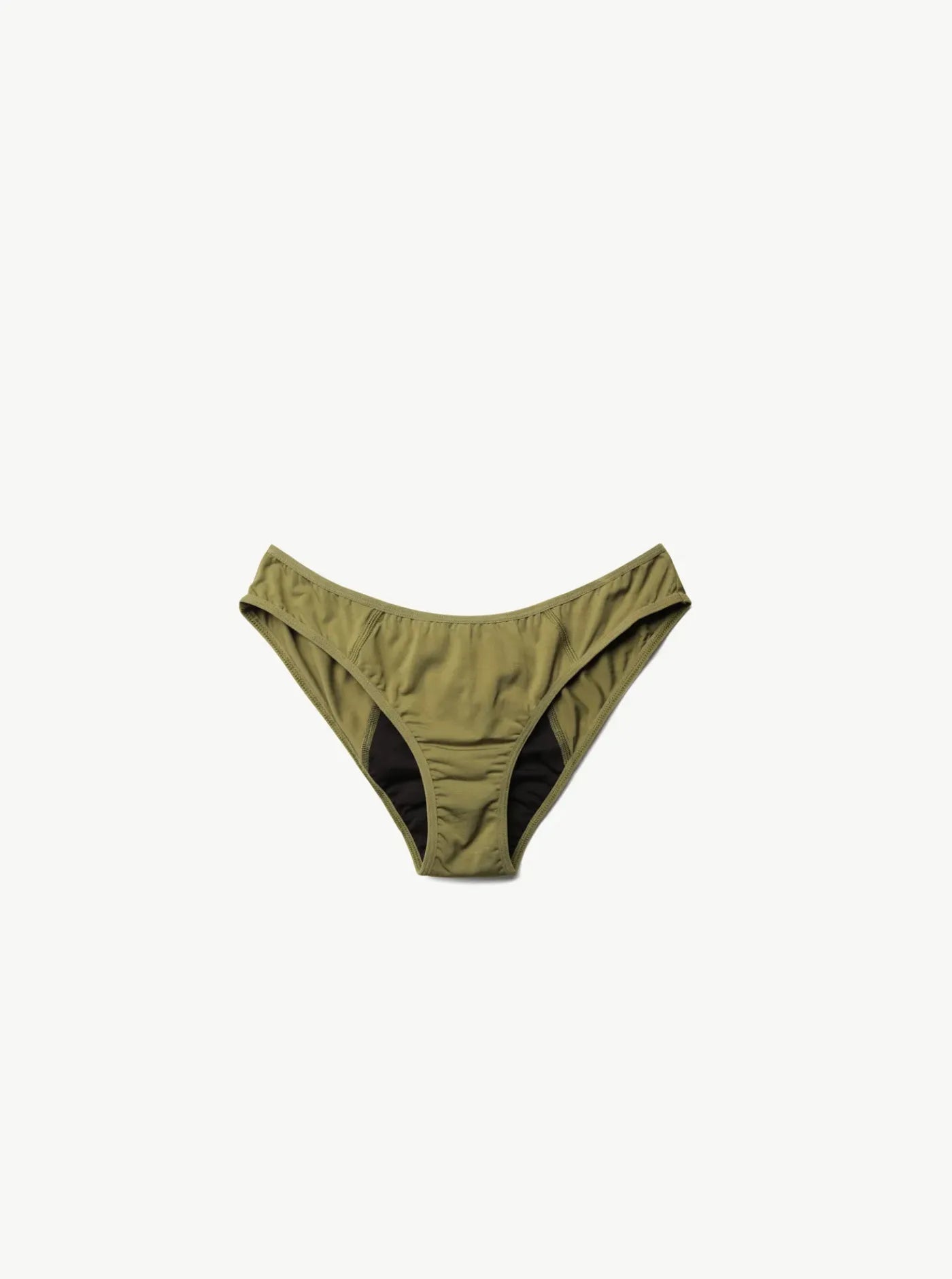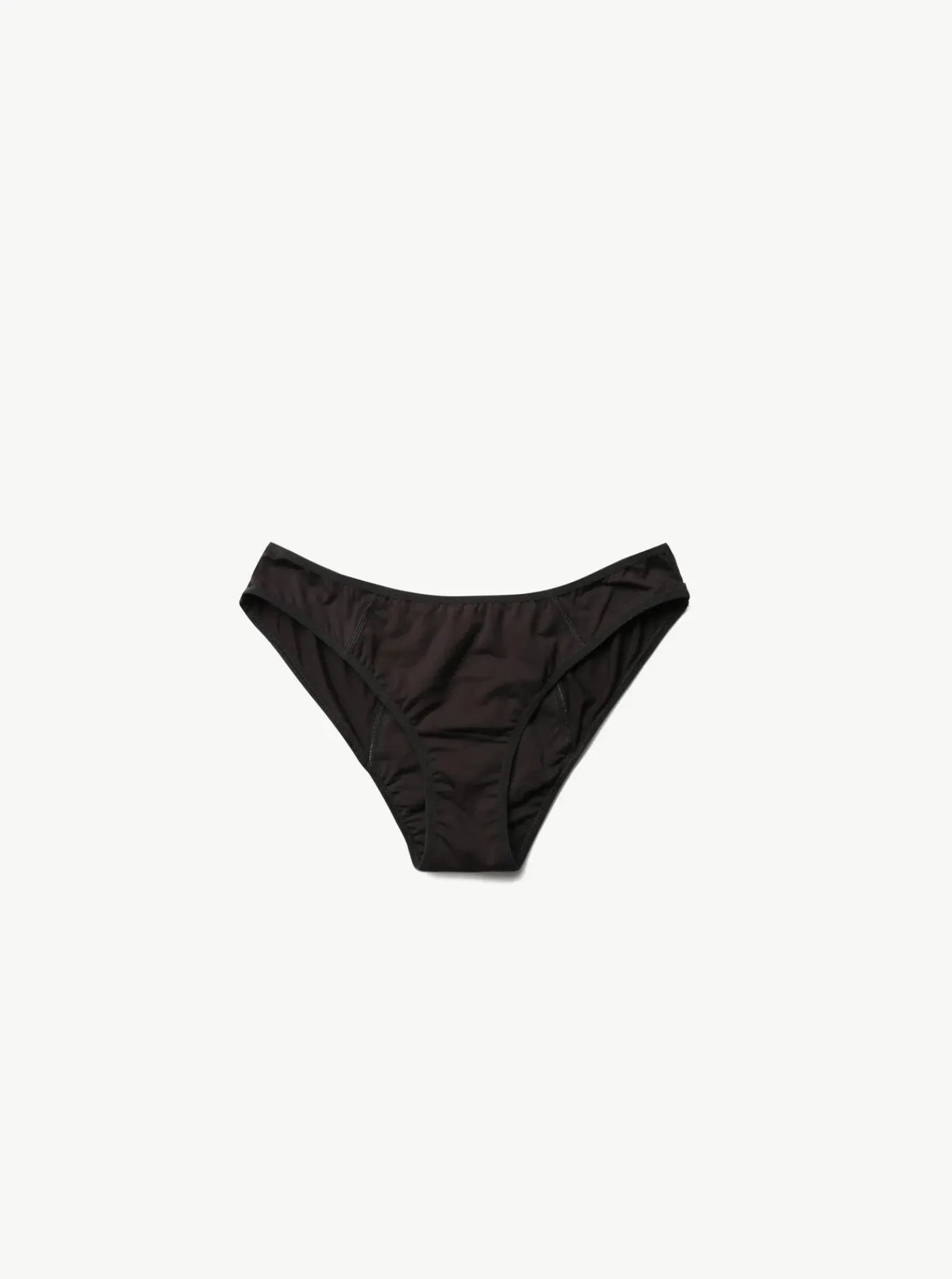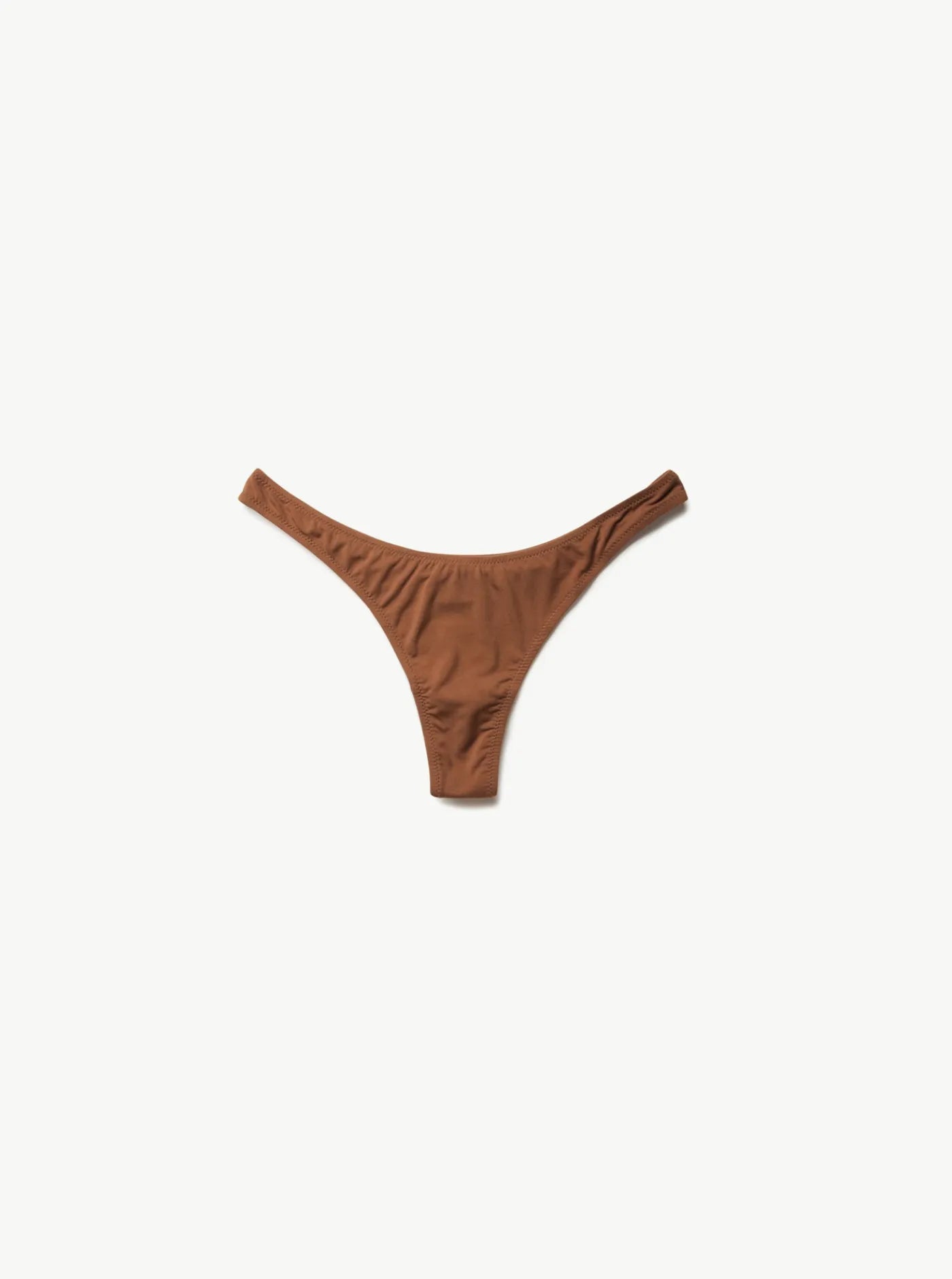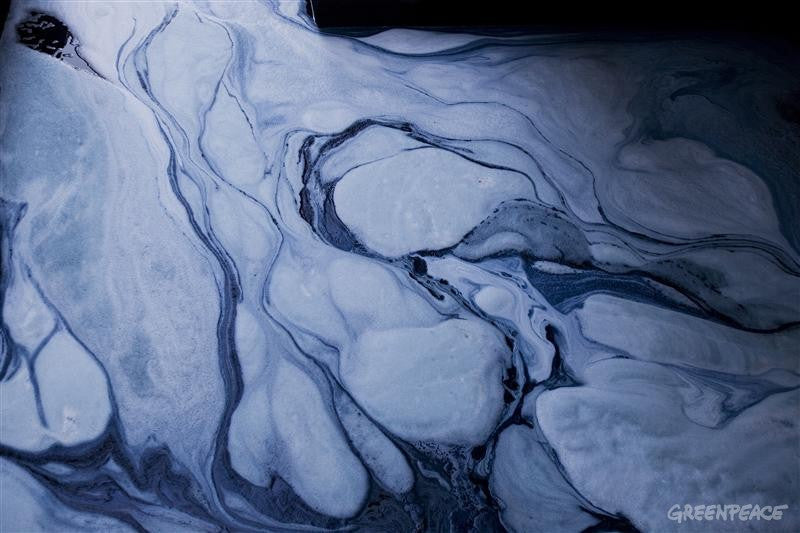The next time you buy your underwear there is a high chance they came from a town on the South East part of China called Gurao.
Gurao is known as a "one-industry" town and has been nicknamed "The town of underwear". Over 350m bras and 430m vests and undies are produced in this one town per year alone making it the single largest producer of lingerie in the world.
Producing such large quantities of clothing using unsustainable fabrics and dyes has caused major environmental problems for the town. In 2010 Greenpeace, an NGO, reported that fabric-dyeing plants in Gurao had severely polluted the water, making it unfit to drink. But the bra-makers of Gurao are far more worried about foreign competition than foreign eco-warriors.

Water Pollution in Gurao, China
Also, in a 2011 Greenpeace report titled "Dirty Laundry", an investigation into toxic water pollution caused by the hazardous chemicals used in the Chinese textiles industry, stated that, hazardous and persistent chemicals with hormone-disrupting properties were found in samples conducted at textile facilities with major relationships with well known brands such as Abercrombie & Fitch, Nike, H&M, Adidas and other large brands.
For far too long big brands have taken a "blind-eye" approach to the ongoings within their own supply chains and have allowed the health of communities and the planet to diminish at absolutely no consequence.
At HARA we use only natural dyes for all products and even a natural filtration system so no chemical waste occurs. Only the leaves of the different trees that make up the various colours are used. This is so the entire process is sustainable and no harm is made to any of the plantation so regrowth is quick.

The cacao tree is used for the colour brown and also the base for other colours in the natural dye factory - Bali, Indonesia
Water pollution from the textiles industry is a major problem everywhere in the world. There are clean sustainable alternatives but whether they get used on a large scale is up to the consumer. Do you know what chemicals are used in the production of your clothes?
Read more about the Greepeace report here and an article on "The town of underwear" by The Economist here.
SHOP OUR NATURAL DYES HERE




